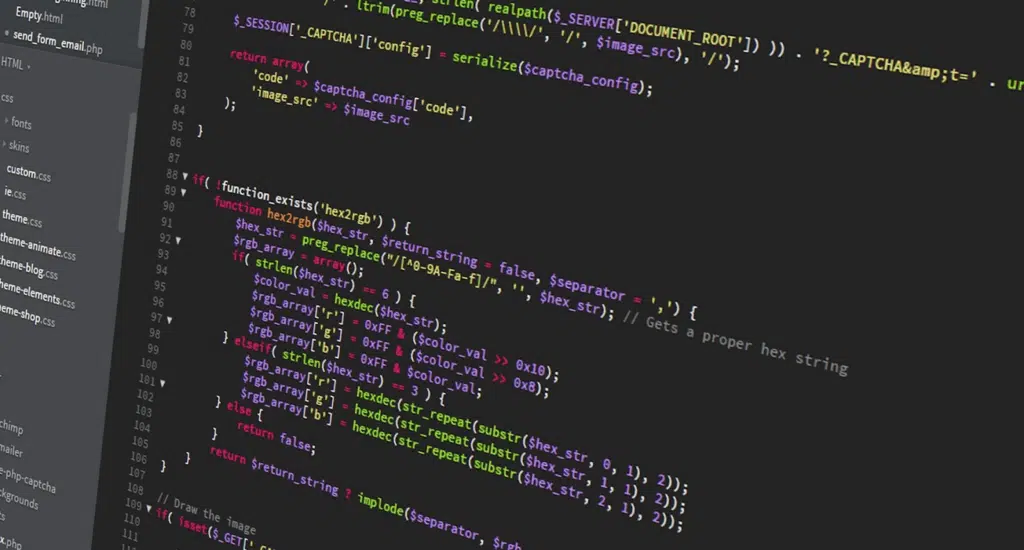Secure coding refers to the practice of writing software code in a manner that minimizes vulnerabilities and guards against potential cyber threats. It involves adhering to established coding standards, employing robust coding techniques, and leveraging security best practices throughout the software development lifecycle. Secure coding serves as a primary defense against malicious attacks and vulnerabilities that could otherwise compromise the confidentiality, integrity, and availability of software systems.
Insecure code, on the other hand, exposes web applications to a multitude of risks, ranging from injection attacks, cross-site scripting, and data breaches, to denial-of-service exploits and unauthorized access. Such vulnerabilities can lead to severe consequences, including the unauthorized disclosure of sensitive information, disruption of services, and damage to an organization’s reputation. Therefore, embracing secure coding practices is not only a technical necessity but also a fundamental step towards building resilient and trustworthy web applications.

In this blog post we will explore five essential secure coding best practices:
- Input Validation and Sanitization
- Authentication and Authorization
- Secure Data Storage and Transmission
- The Principle of Least Privilege
- Regular Security Updates and Patching
Input Validation and Sanitization
Perhaps the most important practice is input validation which is the process of examining data that is entered into a software application to verify that it conforms to specified formats and criteria. For example, input validation would expect integers between 1 and 12 for the correct input for a month value. The goal of input validation is to prevent potentially malicious data from causing issues within the application. By validating inputs, developers can ensure that only data meeting predefined standards is accepted, reducing the risk of security vulnerabilities.
Input sanitization, on the other hand, involves cleaning or filtering input data to remove any characters, symbols, or elements that could potentially be exploited by attackers to inject malicious code or disrupt the applications behavior. An example of unusual characters includes quotation marks inside of a text field which may be indicative of an attack. Sanitization ensures that even if validation fails and potentially harmful data gets through, it is neutralized before being processed, displayed, or stored.
Both input validation and sanitization are vital for making web applications secure. Making sure that user inputs are trustworthy is crucial to stopping various online dangers. By carefully checking data against known standards and thoroughly cleaning it to remove any harmful parts, developers can stop vulnerabilities like SQL injection and cross-site scripting attacks. This method acts as a strong shield, making web applications strong against unauthorized access and keeping user information safe.
Authentication and Authorization
Authentication is the process of verifying the identity of a user, system, or entity attempting to access a particular resource or system. It ensures that the individual or entity is who they claim to be. In the context of web applications, authentication involves validating user credentials, such as usernames and passwords, and sometimes additional factors like security tokens or biometric data. Authentication prevents unauthorized individuals from gaining access to sensitive information or functionalities.
In contrast, authorization determines what actions an authenticated user is allowed to perform within the system. It specifies the permissions and privileges associated with a user’s identity. Authorization ensures that authenticated users only have access to the resources, features, and data that they are entitled to use. This prevents users from overstepping their boundaries and helps protect sensitive information from being accessed or manipulated by unauthorized parties.
In essence, authentication confirms who you are, while authorization defines what you are allowed to do once your identity is confirmed. Both authentication and authorization are crucial components of web application security, working together to ensure that only legitimate users can access appropriate resources and perform authorized actions.
Secure Data Storage and Transmission
Secure data storage refers to the practice of safeguarding sensitive information, such as user credentials, personal data, and confidential documents, in a way that prevents unauthorized access, tampering or theft. This involves using encryption, access controls, and other techniques to ensure that data is stored in a protected manner.
Secure data transmission involves ensuring that data transferred between users and the web application or between different components of the application is encrypted and cannot be intercepted or manipulated by malicious actors during transit. This is typically achieved using protocols like HTTPS, which encrypts data exchanged between a user’s browser and web server.
Secure data storage and transmission are integral to the over security posture of web applications. Implementing robust encryption, access controls, and following best practices for data handling contribute significance to a web application’s ability to protect user data and maintain its integrity.
The Principle of Least Privilege
The Principle of Least Privilege is a fundamental security concept that mandates that any user, process, or entity should be granted the minimum necessary access rights, permissions, and privileges required to perform their tasks and nothing more. Applying this principle aims to reduce the potential impact of security breaches. By limiting the scope of access, the attack surface available to potential threats is minimized, making it more difficult for attackers to exploit vulnerabilities or gain unauthorized access to critical systems, data, or resources.
In the context of web applications, following the Principle of Least Privilege involves designing and implementing role-based access controls, employing proper authentication and authorization mechanisms, and continuously reviewing and adjusting permissions as needed. While it may require additional effort to carefully define and manage access levels, the benefits far outweigh the potential risks associated with granting excessive privileges.
Regular Security Updates and Patching
Regular security updates and patching involves consistently updating software components, libraries, frameworks, and the underlying infrastructure to address known vulnerabilities and security weaknesses. This practice is crucial for maintaining the security and integrity of web applications over time.
Incorporating regular security updates and patching into the development process is a proactive approach that demonstrates a commitment to security and helps protect web applications from evolving cyber threats.
Embracing Secure Coding
In today’s digital landscape, secure coding in web applications is not just a choice but a necessity. The principles discussed above form a robust framework for building and maintaining secure web applications. Implementing input validations, authentication and authorization, secure data handling, the principle of least privilege, and regular updates enhances application security. These practices collectively counter cyber threats, safeguard data, and build user trust. By combining thoughtful practices and ongoing improvement, web applications can confidently navigate the digital realm, upholding privacy and reliability.





